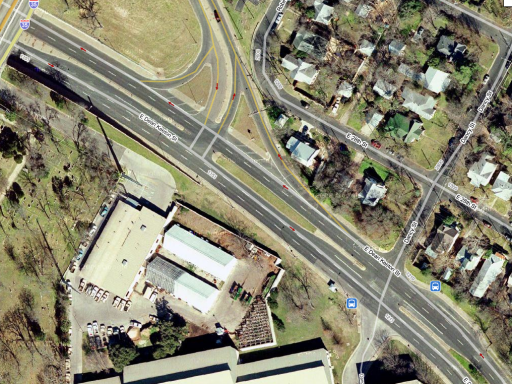Gwen and I finished the HCRA this past weekend.
We had gone to a mandatory orientation for the ride (apart from packet pickup) that suggested the organizers took a patronizing and paternalistic attitude towards the riders. No drafting, no riding double-file (even if the shoulder permits it), lights-out at 9:00, etc. My enthusiasm had waned long before we showed up at the rollout.
I hadn’t been on my road bike at all in three weeks. Gwen and I have been very busy with the house, buffing up that curb appeal and trying to make it more saleable. We didn’t even start packing for the ride until 9:30 the night before.
Rollout was supposed to be at about 8:00 AM Saturday, and we were encouraged to get there well before that, to allow for setup and general confusion. So we were out of bed at 6:00 AM after a poor night’s sleep. Weather was not agreeable: cold, rain, and lightning. By the time we arrived at the starting point, the lightning had abated, but conditions were no more inviting. The organizers delayed rollout repeatedly, until about 10:30, to give the weather a chance to clear. It still wasn’t clear at 10:30, but it was less bad. My mood was foul.
Once we got moving, however, it wasn’t so bad. As event rides go, this is a small one–something like 350 riders–and the patronizing attitude of the organizers had led me to believe that almost all the riders were beginners. This was not the case: there were plenty of competent riders out there, and some damn zooty bikes. Once we had a chance to warm up, and the field thinned itself out, riding wasn’t too bad. Within an hour or so, things were drying out, and by lunch, the weather was actually quite pleasant.
The route on Day One was shortened by about 15 miles, to 50 miles, because of the delayed rollout. That turned out to be quite sufficient. The course was divided into 4 legs, with lunch at the end of leg 3. I knew that, despite my lack of training, I’d be able to grind through the ride on willpower and my lifetime mileage base. While I was gratified to be proved right, I was definitely riding a lot weaker than I felt I should be, and on the third leg of Day One leading into the lunch stop, the combination of little sleep, little training, and energy drained away waiting in the cold left my vision closing in a tiny bit as I jammed along. At the stop, it took me about 10 minutes before I could contemplate food. At some point late in the course, (leg 3? leg 4? It’s all a blur) we ran into a hill that had at least 4/5th of the riders walking–it’s not so much that the hill was itself terribly steep, but that it came at the end of four miles of gradual climbing. Gwen and I both managed to ride up it (and I managed to hold my 23 in reserve).
Once we rolled into camp in Krause Springs, we pitched camp, got cleaned up, hung out, and ate barbecue. By the time we were done with dinner, it was getting dark and cold (and we hadn’t packed enough warm clothes), so bed turned out the best place to be. Davey, the eponym for our team, had tweaked his knee, so he headed back to Austin after dinner. I realized I had risked the same, by riding in a nearly new pair of cleats (Nikes with carbon-fiber soles. There’s too much hype and fashion with Nike, but if I can get their shoes for 1/3rd retail or less, I’ll hold my nose and buy them. The carbon-fiber soles on these really are nice.) that I hadn’t quite settled into. As it turns out, the shoes didn’t give me any trouble, but that wasn’t the smartest thing to do.
Day Two started off chilly but dry apart from dew. We got up a little late, giving the sun a chance to warm things up for us a little. Breakfast consisted of breakfast tacos and insufficient amounts of insufficiently strong coffee. We struck camp and rolled out. The course this day seemed to mostly trace back Day One’s course. The same hill that had people walking on Day One had them walking Day Two going the other way. Over the course of this ride, I was definitely moving a little slower, my ass was sore, my hands were sore (I had forgotten my gloves), but I managed to avoid the tunnel vision of the day before. Gwen and I both finished pretty strongly and without incident.
The course was challenging and beautiful–I love the hill country. I’ve done some riding out there before, and was prepared for some of the stuff this course had in store for us. There was probably at least one support volunteer for every rider on the course, and they had plastered the sides of the roads with signs to encourage us that made me feel a bit like I was in fifth grade. But they had also looked after, well, just about everything: feeding us, transporting our gear, minding things on the course (I had occasion to borrow a track pump from one of them when I flatted early on Day One). We just had to ride, eat, and camp out.
I’ve posted a few pictures at Flickr.



